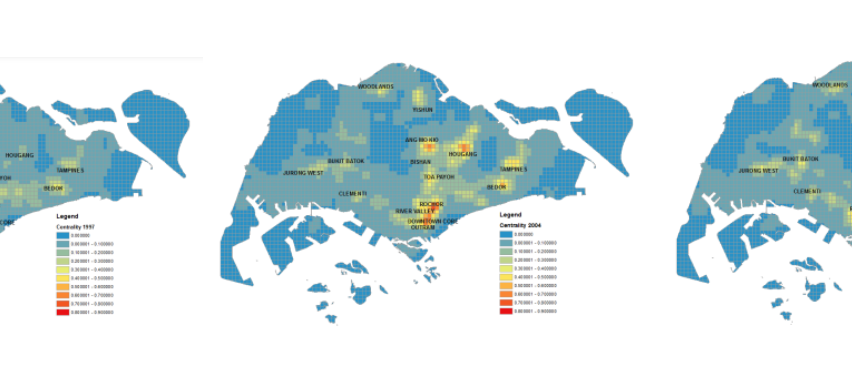Tne relationship between urban design and entropy has been intriguing me for some time. Basically, what I realized was that cities, as any other set of matter in our Universe, should obbey the 2nd Law of Thermodinamics. I had a thread there I could try to follow.
So I wrote a series of posts about it with the only aim of starting to shape my own thoughts. This was the one dedicated to urbanism and entropy.
From entropy to “spatial” entropy
Trying to look for practical ways to relate entropy and urban design projects, I very soon realized that entropy as such was a tricky thing to measure in urban projects. It wasn’t very difficult to find an alternative path in Batty’s spatial entropy.
In his analysis of the relationship between urbanism and entropy, Batty applies a probabilistic approach initially to the distribution of people in the city. This is a spatial entropy whose formula is extended to measure the degree of heterogeneity of the distribution of a certain characteristic of urban space. Not only population density, but also parameters such as the distribution of the number of intersections between streets, or of urban activities, can be characterized by spatial entropy.
Thinking about how spatial entropy could be used as a KPI to guide urban design projects, I jumped into this article from Michael Batty, and I was stunned to see how spatial entropy could be effectively used to assess on the polycentricity of a city.
… And from there to complexity and the “15 minute city”
Batty argues that the spatial entropy of a given urban area – or its information – gives an idea of its complexity. As a city grows and develops new networks and new centers and points of political, cultural, economic, or social interest, it becomes increasingly complex and unpredictable, decreasing its spatial entropy.
From 1997 (left) to 2004 (center), Singapore developed some polycentricity (red points with high entropy), which was somewhat lost in 2008 (right). Accordingly, average travel times decreased between 1997 to 2004, to rise again in 2008.
I am tempted to suggest that spatial entropy -or its somewhat inverse, complexity- could be a parameter to monitor for cities embarked in the transition to Carlos Moreno “15 minute city.”
Article Published under a Creative Commons license. Some Rights reserved.








